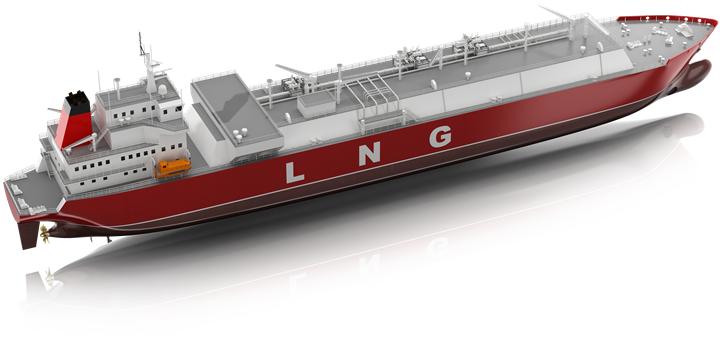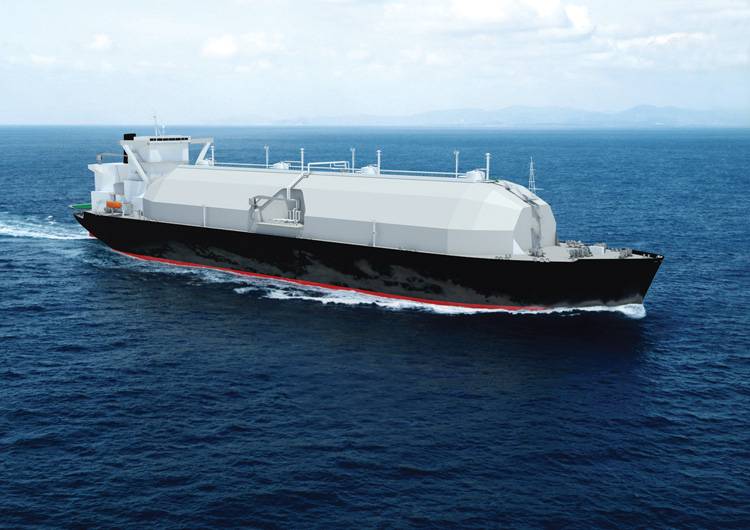

DNV’s Alternative Fuels Insight Platform says there are currently 221 LNG fueled vessels in operation with another 359 now on order. Specifically, based on the numbers of ships (versus sized used by SEA-LNG) DNV set the orders for LNG fueled vessels at around six percent for 2021. They noted that the figure has nearly doubled over the past two years indicating an increasing momentum.
#Lng ship construction update#
DNV in its latest update of the Maritime Forecast to 2050 presented in August, reported around 12 percent of the current newbuilds ordered will have alternative fuel systems or dual-fuel capabilities.

The not-for-profit coalition presented an aggressive interpretation of the data, but in doing so did highlight the growing trend toward larger, dual-fuel vessels. They calculated that “LNG-fueled vessel orders are approaching 30 percent of gross tonnage on order, representing a substantial part of shipping’s overall capacity when these vessels are delivered.” SEA-LNG analyzed the latest report from Clarkson Research Services detailing new constructions orders in 2021. The acceleration in uptake of newbuilds fueled by LNG demonstrates confidence in this pathway through its bio and synthetic cousins.” “We know the need is real and waiting is no longer an option. It provides a very clear and achievable plan which starts today,” said Peter Keller, Chairman of SEA-LNG. “The deep-sea shipping industry understands that while LNG may not be the end game, it is the best starting point to get to net zero. The group is highlighting 2021 as a banner year for new LNG dual-fuel vessel orders saying that the deep-sea sectors of the maritime industry are increasingly ordering dual-fuel newbuilds as a near-term solution and to protect their investments. To design and manufacture electric steerable thrusters for ice class ships, Sapphire Applied Engineering and Training Centre LLC was established in Saint-Petersburg as a joint venture of General Electric and Rosneft Oil Company as well as Sapphire plant in Bolshoy Kamen.SEA-LNG, the Industry coalition established to promote the advancement of LNG, issued an analysis of the new ship construction orders as an opportunity to focus on the growth in LNG-fueled vessels. The ship will be also equipped with three unique electric steerable thrusters.

In July 2020, Zvezda signed a technical assistance and licensing agreement with the French engineering company Gaztransport & Technigaz, which specialises in developing and licensing the construction of cryogenic membrane systems for LNG transportation and storage, obtained an international licence and became the only Russian shipyard that can build LNG carriers with the Mark 3 membrane storage system. The tanker will be fitted with the Mark III membrane containment system designed by Gaztransport & Technigaz (GTT). The capacity of the gas carrier’s power plant is 45 MW. The length of the vessel is 300 m, width 48.8 m, deadweight – 81,000 t. They can break through ice of up to 2.1 meters thick.

Icebreaking LNG tankers of ice-class Arc7 are designed to transport liquefied natural gas and can perform in severe climate conditions. Zvezda is the first Russian shipyard to implement projects on construction of such ships.


 0 kommentar(er)
0 kommentar(er)
